Comp & Circumstance
By Mark Loehrke
October 2022 View more Featured
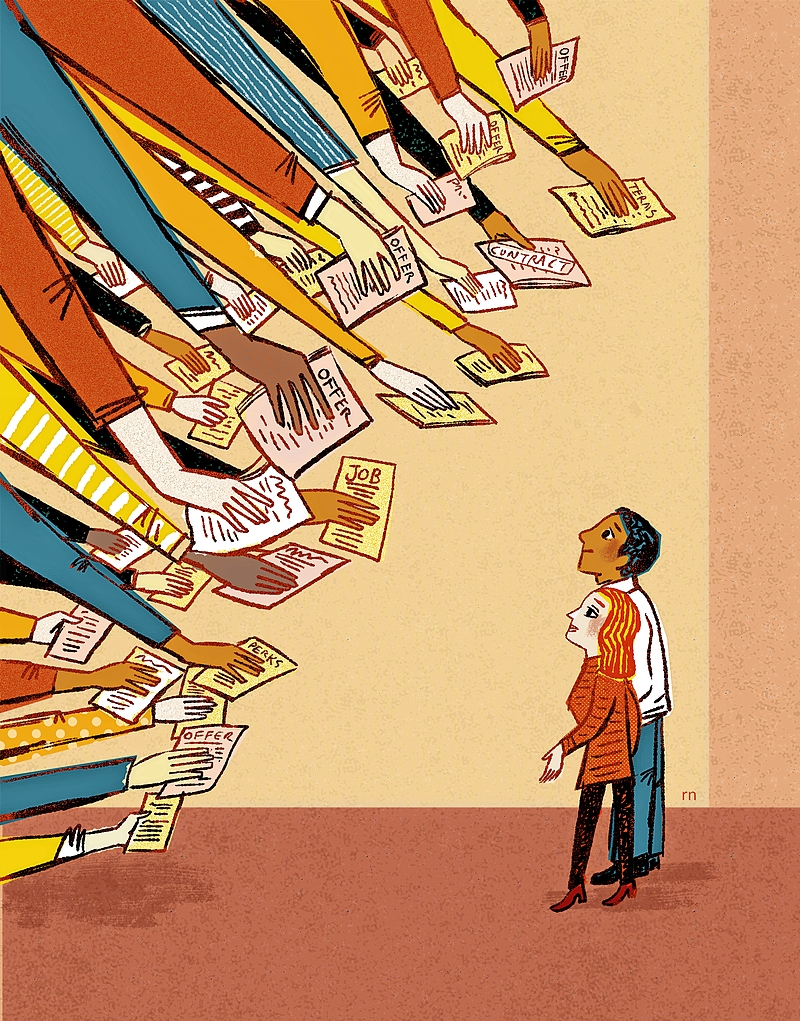
Taking the pulse of the employment market: Where the jobs are and who’s getting paid what
By Mark Loehrke
Illustrations by Robert Neubecker
Amid the dark clouds that rolled in on the winds of the COVID-19 pandemic, one that featured a silver lining for many workers was the flipping of the script when it came to their bargaining power with employers. Driven by the so-called Great Resignation, quality talent was suddenly in short supply across a wide array of industries, forcing companies to bulk up their salaries, bonuses, and benefits in order to attract and retain the employees they need to keep the metaphoric trains running on time—even as fewer of those workers were boarding actual trains, with many white-collar professionals still operating from home or moving to hybrid office schedules—yet another valuable chip.
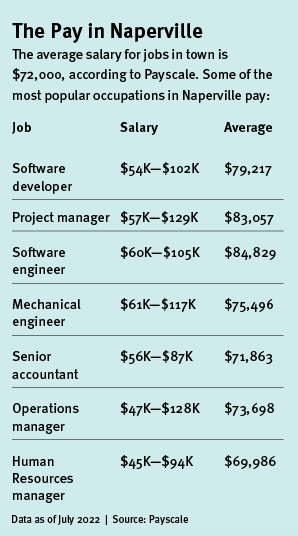
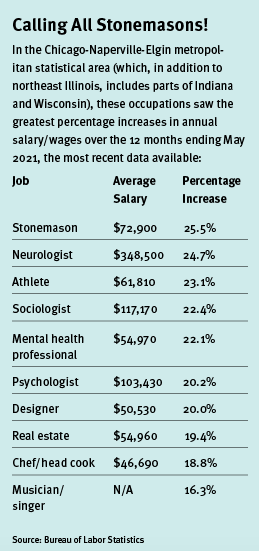
As the pandemic begins to recede, employers and employees in the western suburbs now face questions: Where does the employment market stand? Where is it headed? And is the the worker-friendly tide of compensation likely to continue, or will we see a reversal of bargaining power?
As for the moment, the picture is relatively clear: “Salaries have been going up pretty consistently over the past decade,” says Andy Challenger, senior vice president at the Chicago-based outplacement and career transitioning firm Challenger, Gray & Christmas. “Amid the tight labor market over the past year and a half, we’ve seen an even bigger jump, both in professional services as well as a number of other areas.”
Challenger says that particularly over the past several years, there’s been a big shortage of workers with professional technical skills (such as IT, programming, and engineering), resulting in higher demand and therefore higher compensation in those fields. Data from staffing firm Randstad USA paints a similar picture, with occupations in a wide range of sectors showing strong increases in wages over the last three years. That includes business services (up 16.5 percent over that period) and health services (up 22.8 percent) and transportation and warehousing (up 28.7 percent.)
“The labor market continues to be very tight,” explains Wendy Su, vice president and national director of the office professional division for Randstad USA. She notes further research by the firm shows that 36 percent of U.S. workers have received a pay raise over the past year. “There are significantly more job openings than unemployed persons, which serves as a driving factor for rising wages,” Su says. “A scarce talent pool means that employers need to be paying at or above current market rates in order to meet their hiring goals. In fact, ‘What should I be paying?’ is one of the top questions—if not the most common question—that Randstad is getting from clients today.”

Perks, please
Compensation extends beyond just salary, of course, and the tight labor market has inspired a number of other goodies for workers as well, including bonuses, enhanced benefits, and—perhaps among the pandemic’s most lasting legacies—increased flexibility around how, when, and where work gets done.
“Salary and compensation increases are always going to be components, but in talking to HR leaders recently, flexibility—hybrid schedules, nontraditional workweeks, etc.—has been at or near the top over the past year and a half,” Challenger says. “Many job seekers will take less money to get this kind of flexibility.”
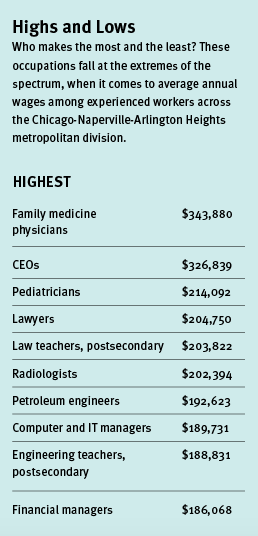
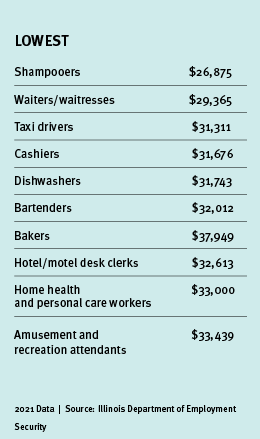
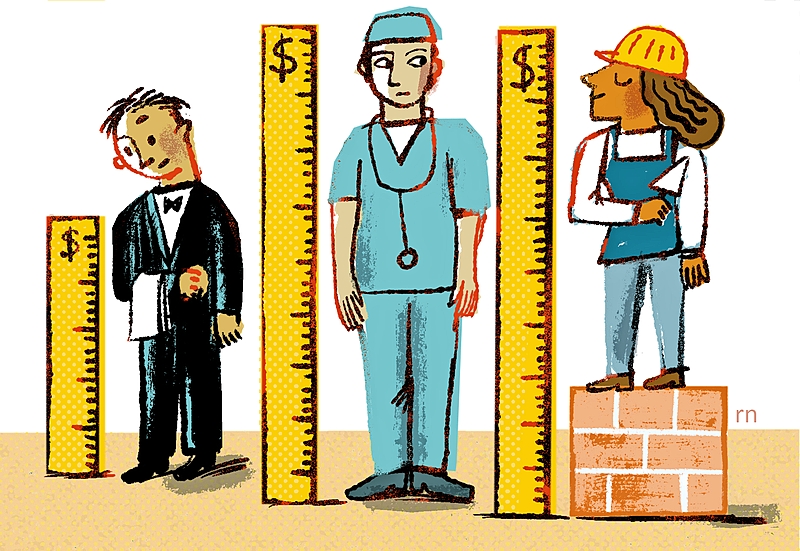
Don’t wait
While hybrid and remote work may be here to stay, however, the strong labor market—and its resulting bargaining power for employees—may not last, with both Challenger and Su noting that compensation increases could start to slow in coming quarters. The change won’t likely be uniform across all industries, however, and certain sectors, like health care, may remain stronger for longer. Still, the bottom line is that the party can’t last forever. With that in mind, their advice for both new and experienced job seekers alike is basically the same: It may be best to strike now if you are trying to negotiate or land a better paying job.
“From the standpoint of compensation and job openings and things like that, the labor market won’t get better than this,” Challenger says. “New graduates probably shouldn’t assume things will stay this strong and shouldn’t wait to get into this market. For current workers, this is as good a time as any to find competing offers, but they need to think carefully about leaving in light of the economic slowdown and possible recession. A new company may lay off the last folks in the door first when things get tough. Maybe think about using competing offers to negotiate a higher wage with the current employer instead.”


